What can you plant after zucchini?
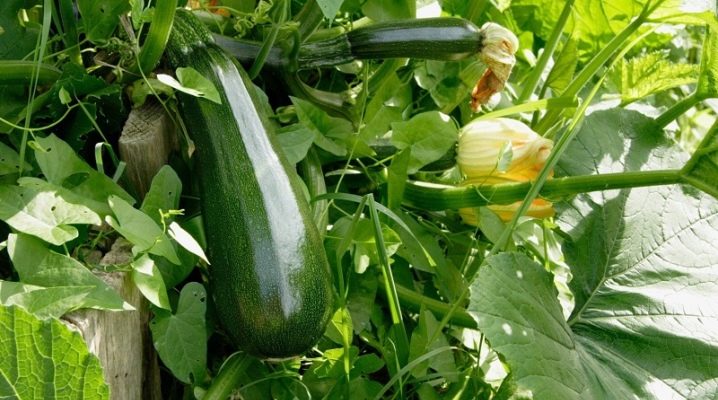
Most Russian gardeners are engaged in the cultivation of zucchini on their land plots or summer cottages. This vegetable culture is unpretentious to the conditions of detention, therefore, it will be possible to achieve excellent results, even without having much experience in this matter. This culture is presented in a wide variety of varieties, which allows you to choose the ideal option, taking into account the taste of vegetables and the characteristics of the climatic zone.
Fruiting is strongly influenced by the choice of the site. It is mandatory to indicate which plants previously grew in a particular location. Many summer residents are interested in what can be planted after zucchini, and which crops will not take root. This will be discussed in the article.
Planting tomatoes
Tomatoes are perfect for planting on the site after zucchini, be it greenhouses or open areas. Any varieties are suitable for planting, including cherry. Even the seedlings planted next year will take root remarkably and will grow in comfortable conditions. After pumpkin crops, which include zucchini, the soil becomes lighter and looser.
This soil is ideal for cultivating various types of tomatoes, whether they are low-growing varieties or tall plants. The porous structure has a positive effect on their development and subsequent fruiting.
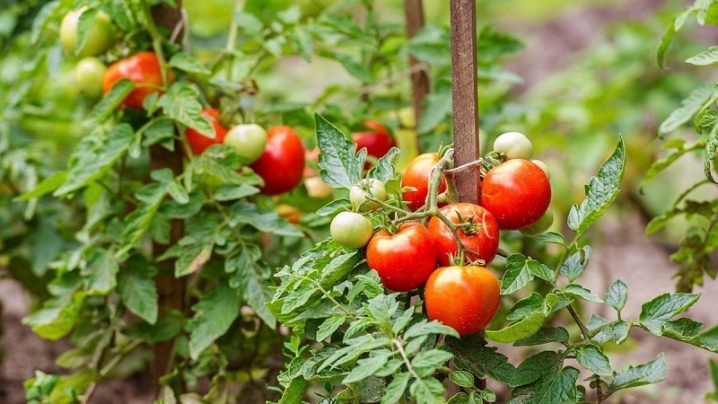
Planting onions and garlic
Garlic and onions are considered the most common crops. They are grown at home on balconies or window sills, in a vegetable garden or on a house plot. Picky plants can adapt to any conditions, and growing them is as easy as shelling pears, without spending a lot of effort and time.
In the process of growth, onions and garlic saturate the soil with a large amount of phytoncides. These are special components that destroy pathogenic microorganisms and disinfect the land. In addition, due to their properties, these plants themselves are considered the best predecessors for many crops.
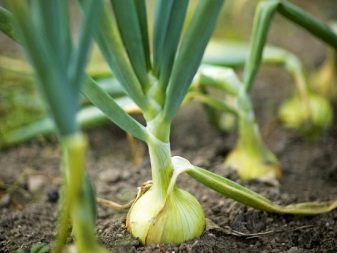
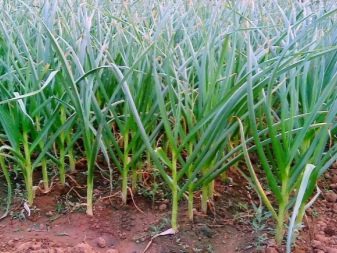
What else can you plant?
Other vegetable crops can be planted after zucchini without fear for their health and fruiting. To fully understand this issue, you should familiarize yourself with the features of crop rotation.
Basic rules of this process.
- It is necessary to alternate vegetable crops with a different structure of the root system... For example, if in the first year plants with superficial roots are planted on the site, then the next year you should make a choice in favor of varieties with a root system that penetrates deep into the ground.
- Before transplanting seedlings to the beds, you need to make sure that that followers of squash do not suffer from the same diseases and infections as subsequent plants.
- Particular attention is paid to the composition of the dressings used, since in the process of their use there is a high probability of accumulation of micronutrients in the soil.... Not all fertilizers suitable for zucchini will be beneficial for crops planted after them.
- Some plants leave components in the soil after growing, which can have a negative impact on other fruit crops.
Zucchini roots are placed at approximately medium depth. The soil protects the plants from pathogenic microorganisms, due to which they rarely get sick and do not infect the soil after themselves. Another characteristic of this vegetable is that it takes many useful components from the soil during the growth and fruiting process.In this regard, it is better not to plant crops on the site that need a large amount of minerals and organic trace elements. You can restore fertility to the soil with the help of balanced fertilizing.

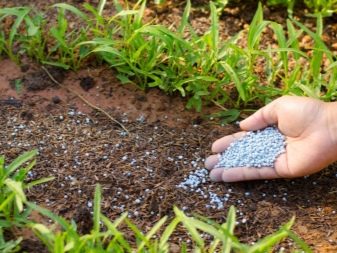
Note: when studying the main provisions of crop rotation, you need to take into account the structure and condition of the soil. For some fruit crops, only certain types of soil are suitable. And also agricultural technology may include special requirements for the looseness of the soil and the depth of digging (depending on the location of the roots).
In addition to the above options, the following crops can be planted after the zucchini.
- Various umbellate plants grow remarkably after zucchini.... This group includes dill, parsley, celery and other types. They are unpretentious to the composition of the soil and do not need special care. Periodic watering will be sufficient.
- According to many experienced gardeners, legumes are considered ideal for planting. Moreover, they can be planted before and after zucchini, while collecting a rich harvest every season. Peas, beans and other similar varieties do not require a large amount of nitrogen and mineral fertilizing, so that plants from the legume family can be planted after any garden crops and vegetables.
- The last group is root crops. These plants have a deep root system that develops as they grow. Thanks to this characteristic, after potatoes, beets or carrots, plants with a superficial root system can be safely grown.
After zucchini, herbs such as mint, cilantro or basil also grow remarkably. Flowers can also be a good substitute for zucchini. It is recommended to plant unpretentious varieties of flowers, for example, marigolds. They will not only decorate the territory, but also scare away harmful insects.
And also cabbage and bell peppers take root well in the garden bed after zucchini. Demanding varieties should be fertilized regularly. Planting is most often done in spring or autumn. The timing must be taken into account when growing a particular variety.
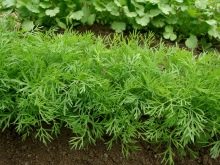


What shouldn't be planted?
Despite the fact that many fruit crops, flowers and herbs grow well on the land plot after zucchini, some of them will not take root in this location. It should be decided in advance which plants should be discarded.
- Pumpkin crops. To grow a large and juicy watermelon, you need to plant seeds in fertile soil, water and feed regularly. If other pumpkin crops have previously grown on the site, you should refuse to plant watermelons. This also applies to cucumbers, melons, pumpkins and all varieties of squash. Cucumbers and zucchini are not at all compatible with each other, therefore, they cannot be alternated on the same territory. All gardeners should be aware of one of the basic principles of crop rotation. It consists in the fact that it is impossible to grow crops from the same family on the same site. Sufficient time should pass between plantings for the soil to fully recover.
- Other plants. And also closely related plants are not suitable for growing. Knowing this simple rule, you can use the land plot as efficiently as possible and achieve high yields, taking into account the characteristics of each variety. Grapes should also not be planted after zucchini. Otherwise, it will not work to achieve abundant fruiting. The berries will be small, and their taste will deteriorate.
The same applies to strawberries. For a sweet and tender berry, you should choose a different location, as this is a rather capricious and demanding plant in terms of keeping conditions.















The comment was sent successfully.